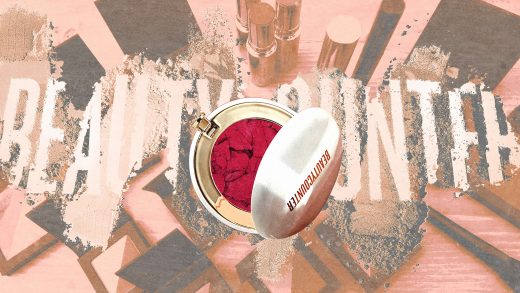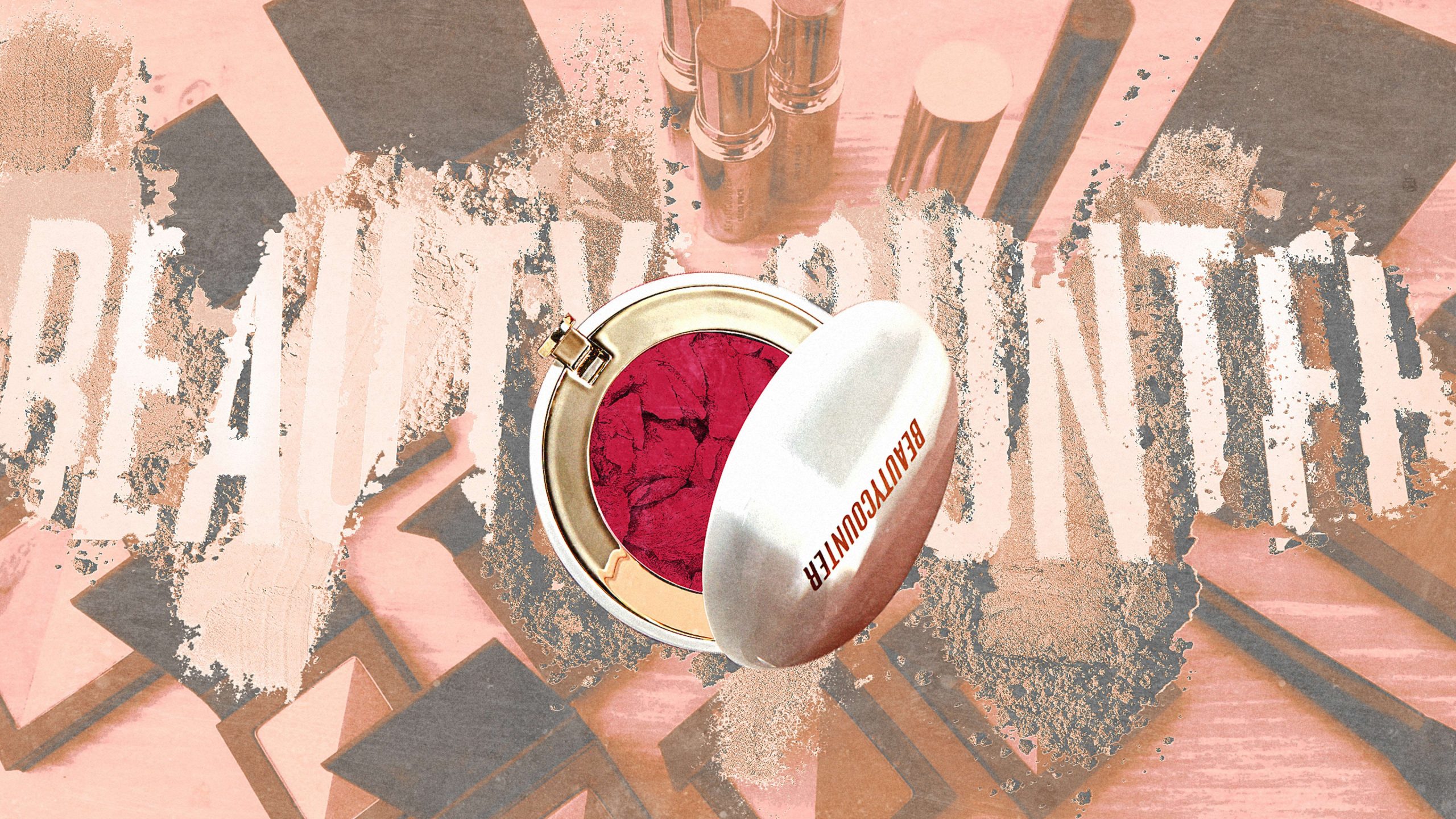From $1B to bankrupt: How private equity killed Beautycounter, the beloved clean beauty brand
From $1B to broke: How private equity killed Beautycounter, the beloved clean beauty brand
Inside the brand’s rise and fall and possible rise again after its disastrous sale to the Carlyle Group.
When Julia took a job on Beautycounter’s product development team last year, she believed she’d get a chance to work at a company driven by purpose, not just profit.
Beautycounter was a fast-growing beauty startup, which had been fueled by $100 million in venture capital. In April 2021, after eight years in business, it was acquired by private equity firm the Carlyle Group in a deal that valued the company at $1 billion.
Beautycounter was also a leader in the clean beauty movement. Its tinted moisturizers, vitamin C serums, and grapefruit-scented body lotions were packaged in minimalist, luxurious bottles and free of more than 1,800 potentially harmful chemicals. The brand was beloved by health-conscious Instagram influencers, wealthy suburban moms, and celebs like Reese Witherspoon and Rashida Jones. Founder Gregg Renfrew was known for her unwavering advocacy for cleaning up personal-care products. She regularly visited Congress to push for legislation that would expand oversight of the beauty industry by the Food and Drug Administration. The company’s “army” of 65,000 independent sellers, meanwhile, lobbied lawmakers for better regulation of personal-care products.
“I thought I found my dream job,” Julia recalls.
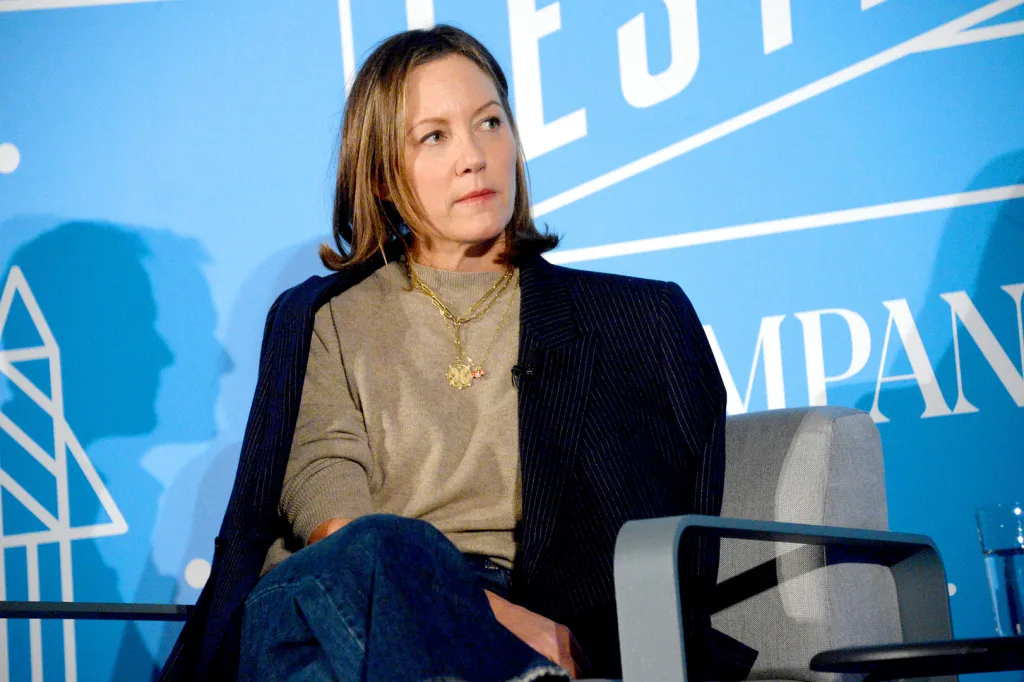
The job turned out to be a nightmare. On April 17, 2024, all 200-plus Beautycounter employees were asked to join an emergency Zoom meeting. Renfrew read from a script, avoiding eye contact with the camera. She announced that Beautycounter was shuttering. All employees would be fired. There would be no severance payments. Employees would not even be entitled to COBRA, the federal program that helps workers retain health insurance. It was a shocking end for a brand that was considered a success.
Beautycounter’s unraveling began shortly after Renfrew sold the brand’s parent company, Counter Brands, to the Carlyle Group. At the time, the sale was considered a coup. But after the acquisition, Beautycounter’s revenues spiraled downward, according to sources familiar with the brand’s finances. It cycled through CEOs, including Renfrew. The founder was CEO at the time of the sale, stepped down in 2022, and was suddenly reinstated in February 2024. Two months later, Carlyle gave up on Beautycounter altogether, putting it in foreclosure and taking a loss after Counter Brands’s board of directors failed to secure additional financing or find any other strategic buyers. Renfrew, back in the CEO seat, delivered the news and executed the layoffs. (Renfrew declined to comment on this story.)
Beautycounter’s story reveals how complicated it can be for founders of venture-backed beauty brands to take their companies past the startup stage. It also provides a glimpse into how ruthless private equity firms can be when companies don’t meet targets, and how quickly founders can lose control of a brand they built from scratch. Ultimately, those most harmed by Beautycounter’s demise were the predominantly female workers who built it into a billion-dollar company, on paper at least. As Fast Company learned from interviews with 12 former employees and independent sellers, whose names we have changed to protect their identities, many are now reeling.
“Gregg made millions when she sold the company,” Julia says. “We worked around the clock to keep her company going. And she couldn’t even find a way to get us severance so we can pay our rent while we look for new jobs.”
Renfrew isn’t giving up on Beautycounter, though. On May 6, she announced that she had bought some Beautycounter assets from Carlyle, including the right to sell products, and was planning to relaunch the brand later this year. It remains unclear whether she can succeed in that quest, and if Beautycounter—once beloved—can ever return to its former glory. Customers and employees would have to trust a brand that recently imploded without warning. And that robust network of independent sellers who spread Beautycounter’s products on social media and beyond would have to be willing to champion a brand that left them in the lurch.
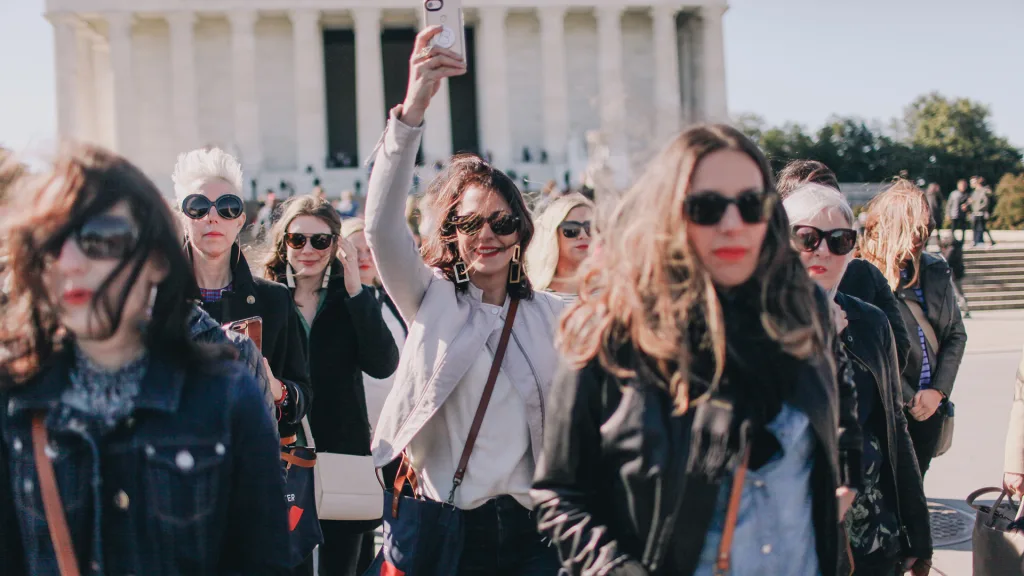
The Movement
In 2018, Renfrew marched up the steps of Capitol Hill alongside Lindsay Dahl, Beautycounter’s head of mission. A hundred of Beautycounter’s top independent sellers followed them, wearing their best pantsuits and lipstick in a new shade that celebrated the brand’s fifth anniversary. In a carefully orchestrated operation, the women split into groups of 10, each headed to a different elected official’s office.
In Illinois Senator Tammy Duckworth’s office, a seller named Jude Rawlins shared her story with the lawmaker’s legislative aide. Rawlins had been diagnosed with breast cancer at age 42 but couldn’t pinpoint what triggered it. She had no known risk factors or family history with the disease. As a seller for Beautycounter, she had learned that formaldehyde, a preservative in makeup, and cold tar, an anti-dandruff agent, are known carcinogens. She had often been exposed to both over the course of her life.
Renfrew has said that she started Beautycounter because she knew many people who had suffered from health problems without an identifiable cause. Her children’s nanny had been diagnosed with cancer and died in Renfrew’s arms. Friends of hers couldn’t get pregnant; children she knew struggled with allergies. Like Rollins, she wondered whether the ingredients in beauty products were to blame.
Laws regulating the U.S. beauty industry haven’t been updated in more than 80 years. Known carcinogens, endocrine disruptors, and allergens are found in everyday soaps, lotions, and makeup. While the E.U. and Canada have banned hundreds of potential toxins, the U.S. has only partially banned 30.
Amid this regulatory failure, Renfrew spotted a business opportunity. Consumers were increasingly seeking out nontoxic food and household cleaning supplies; she would create clean beauty products. In 2011, Renfrew found a lab willing to formulate makeup and skincare without 1,800 potentially harmful ingredients. Two years later, she launched Beautycounter with an array of high-end items, including $35 lipsticks and $76 serums. But Renfrew’s goal was bigger than launching another beauty company. She wanted to kick-start a clean beauty movement.
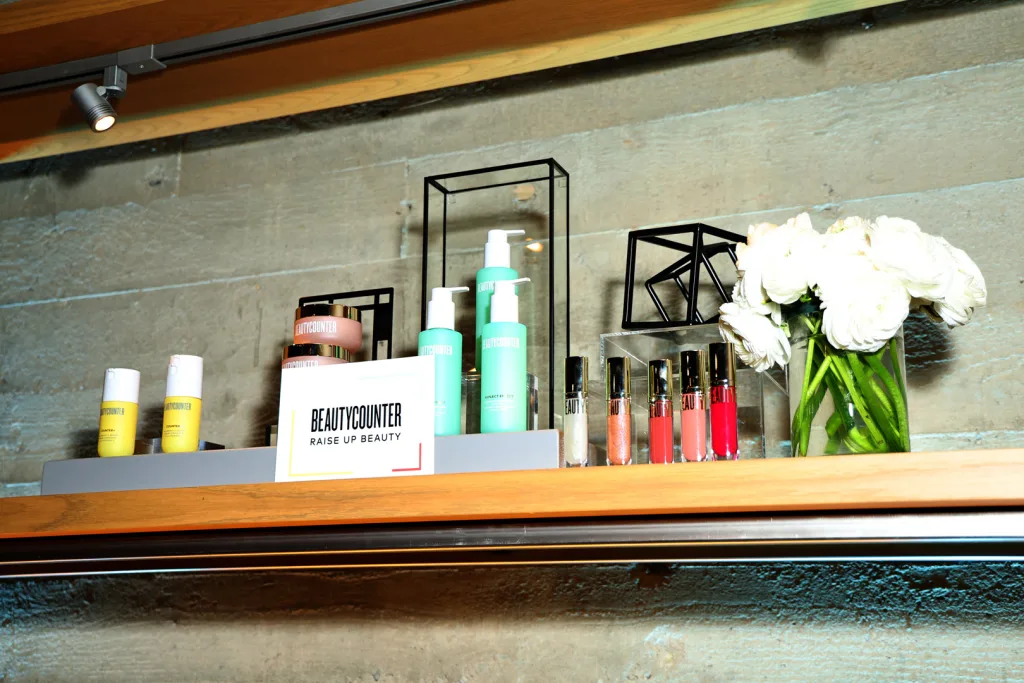
An army of sellers
Just as Beautycounter was getting off the ground, other beauty startups like Glossier and Kylie Cosmetics were leaning into the direct-to-consumer business model, selling products through websites and marketing them on social media. Renfrew did these things, too. But she believed the best way to spread the gospel of clean beauty was to recruit independent sellers in the vein of older beauty companies, like Mary Kay and Avon.
This was a clever retail strategy. In the late 2010s, the cost of social media advertising spiked, making it more expensive for direct-to-consumer brands to acquire new customers. But Beautycounter had thousands of women marketing products to their friends and neighbors, both in person and online. And instead of having to battle its way onto the shelves of Sephora or Target, Beautycounter had tens of thousands of one-woman retailers across the country.
Beautycounter’s advocates, as the brand called them, didn’t have to buy inventory, and made commissions on all products they sold. If they recruited other advocates, they made a commission on these sellers’ products as well. A handful of top sellers made upwards of $1 million a year, and dozens more made hundreds of thousands of dollars annually. “The only way to make that much was to have teams of sellers working for you,” says Joanna, who signed up to be an advocate in 2014 and in her heyday made six figures a year. “It wasn’t a casual hobby. We were working around the clock to promote Beautycounter.”
Many of Beautycounter’s top sellers say they were motivated by the brand’s activist message. “I couldn’t care less about mascara,” says Marie, a top advocate who earned tens of thousands of dollars a month in the mid-2010s. “What gave me fire was thinking about how harmful ingredients could affect my kids. Here was an opportunity to start a business while also getting involved in activism.”
Renfrew’s business model helped Beautycounter grow quickly. But other brands quickly realized that its focus on “clean” was a good marketing message. Some pivoted to position themselves as nontoxic, and new brands began flooding into the space. By 2018, Sephora had launched a “Clean” section in its stores, where it curated brands like R.M.S., Ilia, and Kosas that avoided toxic ingredients like parabens and formaldehyde. It’s now standard for newer startups, like Merit and Jones Road, to use nontoxic formulations. “I feel like we opened the doors for other companies,” Marie says. “This meant consumers had more choices and more affordable options.”
Of course, this also meant more competition for Beautycounter. “The thing about the beauty industry is that it’s an incredibly crowded space,” says Larissa Jensen, a beauty industry expert at analytics firm Circana. “Any single misstep can set you back, because everyone else is chasing your customer.”
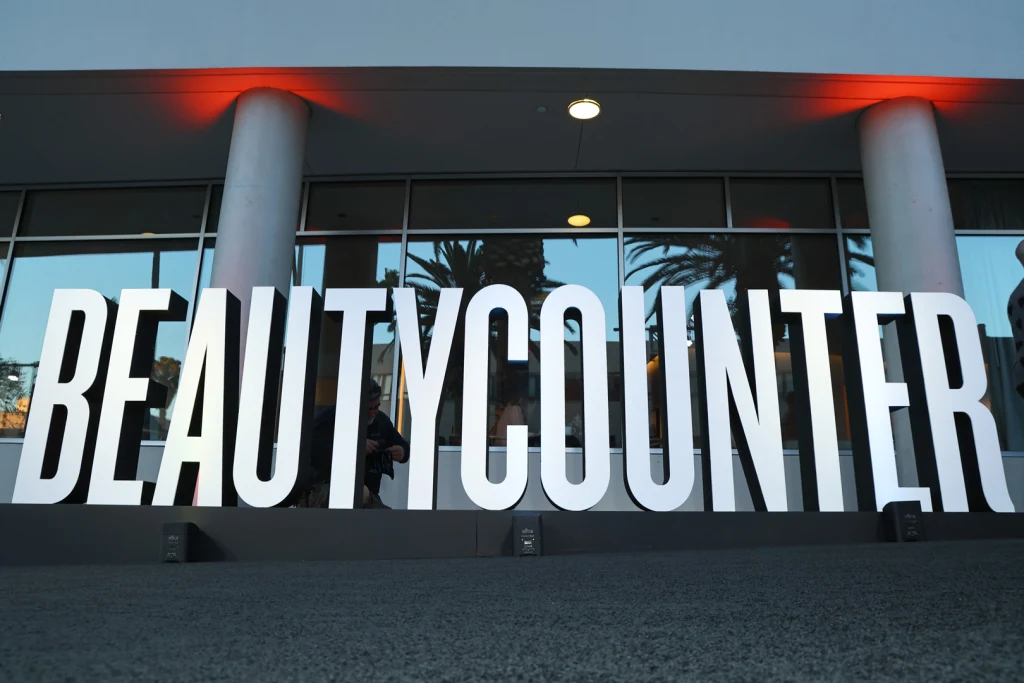
The Exit
Throughout the 2010s, Beautycounter’s VC partners, including Mousse Partners and Structural Capital, had poured roughly $100 million into the business. When the 2020s rolled around, these investors were looking for a return. Many venture-backed startups from this period were in a similar position. Warby Parker, Figs, Allbirds, and Winc pursued IPOs in 2021. Razor brand Billie was acquired by Schick’s parent company that same year. (Some of these IPOs have fared better than others: Winc filed for bankruptcy in 2022 and was sold for parts; Allbirds received a delisting notice from Nasdaq last month.)
Carlyle approached Renfrew in 2021, amid this frenzy of exits. Jay Sammons—who headed Carlyle’s consumer, media, and retail division for 16 years—was Renfrew’s primary contact at the firm. Sammons was known for a few successful deals with consumer brands. He led the sale of Beats by Dre, which was acquired by Apple in 2014 for $3.2 billion, and Supreme, which was acquired by VF Corp. in 2020 for $2.1 billion.
When I spoke to Renfrew in January 2024, she said that Sammons had led her to believe that Carlyle would stay true to Beautycounter’s mission. “When the opportunity arose to sell the company to an institution like Carlyle that embraced our community-driven business model and understood how we went about building the movement at large, I was excited to sell,” she told me. “And I was admittedly excited to reach a unicorn valuation and be able to enjoy some financial success.”
In 2021, Renfrew sold a majority stake of Beautycounter to Carlyle in a deal that valued the company at $1 billion. The terms of the deal were not made public. Eric Clark, a portfolio manager at Accuvest Global Advisors, which invests in the private equity firms Blackstone, KKR, and Apollo, says deals like this involve many variables, including how much of the business the founder chooses to retain. But he estimates that a founder in Renfrew’s situation might walk away with upwards of $100 million. “They bought Beautycounter at the peak of its appeal and at a peak valuation,” Clark says.
But the glow of the acquisition quickly faded. A year after the sale, Sammons left Carlyle to start a new private equity firm called SKKY with Kim Kardashian. Carlyle said publicly that it would be moving away from buyouts in the consumer and retail sectors, and would be dismantling its consumer team.
Carlyle, for its part, says the business began declining almost as soon as the acquisition was made. “Over the last three years, Beautycounter experienced significant market and channel headwinds,” Carlyle said in a statement to Fast Company. The firm said that it made efforts to support the brand through marketing and by pushing the company to adopt an omnichannel approach to retail. It reported that it invested “additional capital” to support these efforts: “However, the business continued to lose ground.”
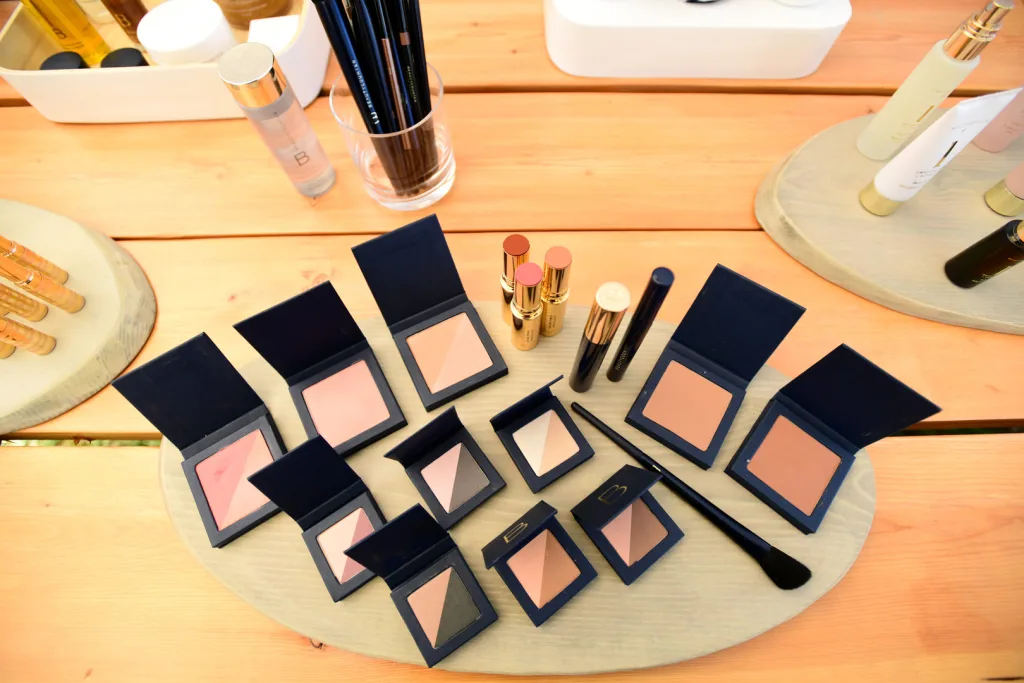
The Decline
Renfrew stayed on as CEO after the acquisition. But in the months that followed, as revenues declined, Renfrew and Carlyle decided to bring on a new CEO who might help turn things around. They chose Marc Rey, the former CEO of Shiseido America.
Renfrew stayed on as chief brand officer and chairwoman of the board. But according to people familiar with the matter, Renfrew and Rey didn’t work well together and the company continued to see declining sales. The leadership change was jarring for many inside the company. Many of Renfrew’s earliest hires, who were instrumental in building Beautycounter, resigned. This included the brand’s original head of mission, Lindsay Dahl, and head of public relations, Meaghan Curcio.
“Beautycounter has always been a female-led, female-empowering company,” says Nancy, an early employee who left the company when Rey joined. “The culture shifted overnight.”
In another sign that the company had fundamentally changed, Beautycounter made a deal with Ulta to sell products on the retailer’s website and in 1,400 of its stores. This dramatically increased the brand’s visibility. But some advocates say it came at the expense of their sales. Fast Company spoke to several who saw their income decline precipitously during this period—so much so that they began seeking job opportunities outside of Beautycounter. “To me, the Ulta partnership was the writing on the wall,” says Joanna. “Carlyle was mismanaging the business. They didn’t know how to handle the independent seller model.”
After 16 months, as revenues continued to decline, Carlyle replaced Rey with Mindy MacKenzie, a Carlyle partner with no beauty industry experience who was meant to serve as a bridge to a longer-term CEO. Eight months after handing the reins to MacKenzie, on February 1, 2024, Carlyle asked Renfrew to return as CEO.
At the time, it was obvious that the business was in distress and would require significant capital to make a comeback. In her capacity as CEO, Renfrew worked with Carlyle to search for a strategic buyer or investor who could keep Beautycounter and its parent company Counter Brands afloat, according to people familiar with company at the time. But parties that were once interested pulled out when they saw the numbers. Counter Brands no longer had money to pay its debts, and its lenders foreclosed.
Two months after her return, Renfrew fired everyone and announced the company’s dissolution. “There’s a playbook for women being brought into a company under false pretenses when they’re about to shut down,” says Darryl, an early Beautycounter employee who left after the acquisition. “It leaves them in an unpopular position, with a target on their back.”
Beautycounter’s experience with private equity isn’t uncommon. California Polytechnic State University has found that 20% of companies acquired by private equity firms through leveraged buyouts go bankrupt within 10 years, as compared to only 2% in the control group. And according to S&P’s Market Intelligence, private equity- and venture capital-backed companies are facing a surge in bankruptcies. In 2023, 104 such companies went bankrupt, the highest total on record.
Beautycounter’s bankruptcy may have been even more likely because many private equity firms don’t have much expertise managing consumer companies, according to Clark of Accuvest Global Advisors. Carlyle had a few notable successes under Sammons, but the majority of its acquisitions are in large, infrastructure-heavy organizations like healthcare, technology, and aerospace that aren’t affected by consumer trends and whims.
Clark says that the pandemic created new dynamics that made firms like Carlyle consider consumer brands. Spending was high thanks to government stimulus checks and low interest rates. Private equity could take low-priced debt, which meant they had more cash to play with. But as the pandemic receded, consumer spending went down. Sales slowed across the entire beauty sector. And while Beautycounter’s focus on clean formulations was a selling point when it launched, it now faced legions of competitors.
Darryl, the early Beautycounter employee, also believes that private equity companies don’t understand the investments required for a mission-driven business to thrive. “Beautycounter was trying to formulate products differently, which costs money,” she says. “It looks expensive on a traditional profit and loss statement, but these are the investments that actually drove people to the brand.”
Beautycounter’s peers—fast-growing brands like Merit, Glossier, Kosas, and Rare Beauty—are now contemplating their own exits. These companies have hired bankers to explore options, including selling to strategic buyers and pursuing an initial public offering. Glossier, for instance, has raised so much venture capital that an IPO may be the only option that will allow investors to make a return. But there are very few single-brand beauty companies that have gone public, so it’s unclear how Glossier would fare on the public markets. As Renfrew has discovered, when it comes to scaling beauty startups, the right path is rarely obvious.
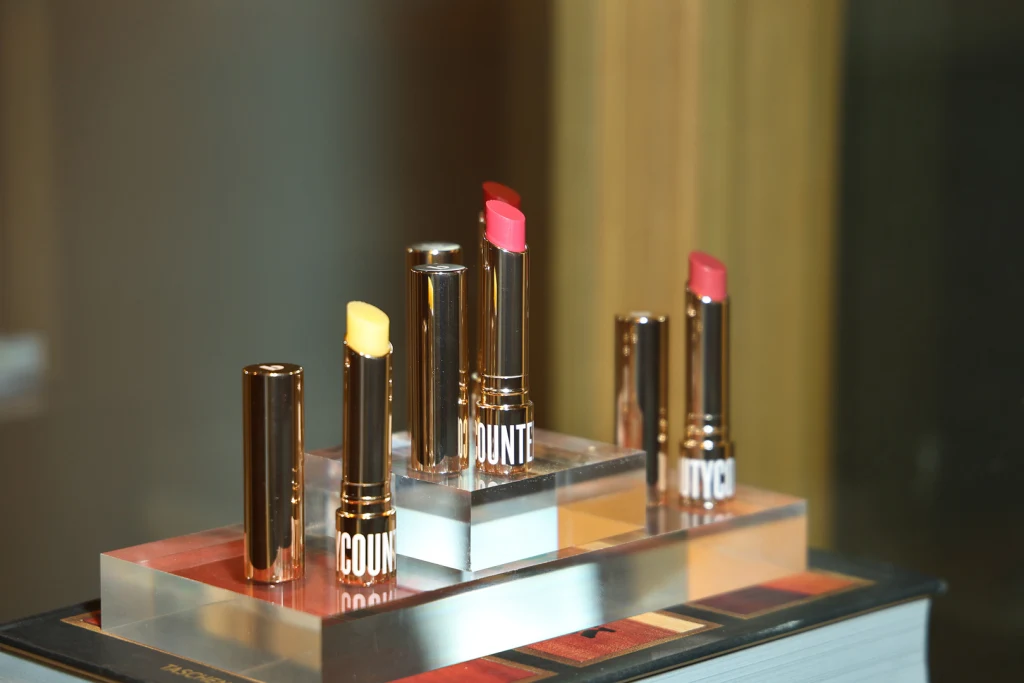
The Comeback?
On May 6, Renfrew announced her plan to relaunch Beautycounter. In an email to former sellers, she explained that she had created a new company called G2G. Carlyle’s lenders had approached her to acquire certain Beautycounter assets, including the right to sell Beautycounter products in the future. “In many ways, I felt like there was really no choice: If there was something I could do to keep the movement going, I had to do it,” she wrote.
Bringing Beautycounter back to life will be an uphill battle. Arguably, the most challenging part will be figuring out how the new business will operate and hiring the right people to staff it. Many former employees are so frustrated by how Beautycounter treated them that they will not go back. “Not in a million years,” Julia says.
Then there are the 65,000 advocates. On May 8, Renfrew sent a letter to top-selling Beautycounter advocates inviting them to explore opportunities at Arbonne, another clean beauty company that uses independent sellers. In the letter, Renfrew describes working with Arbonne as a way for them to “land softly” during this period when they would be without income.
If Renfrew does revive Beautycounter, will these top sellers be willing to come back? And what about the 94% of advocates who weren’t offered the opportunity to join Arbonne and are now struggling to find new sources of income? For many, the answer is a hard ‘no.’ “I’m a smart, educated woman,” says Marie. “I’m going to brush myself off and figure out what’s next for me.”
But in the end, it’s the customer who will decide whether the new Beautycounter survives. And Larissa Jensen, the beauty industry analyst at Circana, doesn’t want to count the brand out just yet. After all, it spent years establishing itself as a leader in clean beauty. “The brand revolutionized the industry,” she says. “Everyday consumers aren’t paying attention to the ins and outs of the business operations. If they see the products come back in a few months, they might be intrigued.”
ABOUT THE AUTHOR
Fast Company
(21)

